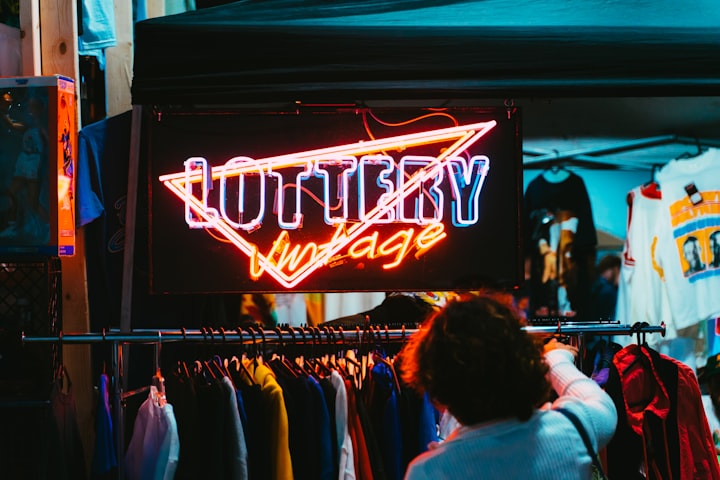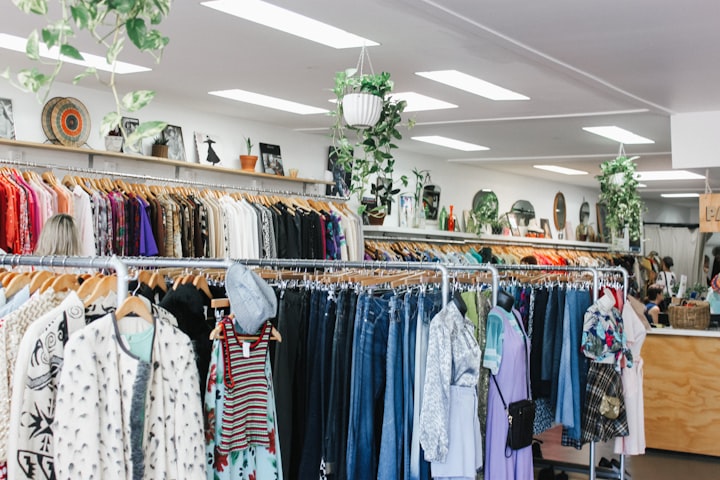The Gentrification of Second Hand Shopping...
... and why it's toxic.

For years, thrift stores have been used by people in genuine need of a bargain for clothes and home essentials. However, recently ethical shopping and sustainable fashion has become a huge global trend, with some items being marketed as second hand or vintage even when they’re not! Stores have been flooded by new interest from primarily young, and wealthy, customers looking to pick up something that fits the new ‘aesthetic’. It could be argued that this influx of money going to charity outweighs any negatives, and that the destigmatisation of thrifting has made it easier for people to go shopping. On the other hand, it’s important to consider that generally, for low income families thrifting isn’t a choice but instead a necessity, so any positives are irrelevant in the bigger picture.

For example, primarily, the rapid increase in demand has raised the prices of products at a rate that most people simply can’t keep up with, especially the low-income folk that previously relied on these stores. Some people have even noticed that Goodwill has priced an item as higher than on the original tag! This means more people have to fall back onto fast fashion, which is the very thing that the “sustainability trend” claims to be stopping! Fast fashion is extremely damaging to the environment due to the water pollution and greenhouse gas emissions it creates, as well as the often human cost within sweatshops.

In addition to this, more and more people who buy from thrift stores don’t even plan to keep the clothes themselves. A surge of “upcycling” on Depop and similar platforms means that there’s increased interest in buying anything and everything in a store in bulk with the intention of selling on at 10x the original price. Not only has this placed more strain on the staff at thrift stores to keep donations coming in, but also it exacerbates the problem of extremely high prices.
So what can we do to help?
- Donate your own clothes! Make sure you pick a local, trustworthy shop and clear your closet of any unused outfits that someone else could love.
- Only buy what you need. Make sure you know you will wear/use anything you buy before you get tempted by the (supposedly) low price tag.
- Consider shopping at “vintage” stores in wealthier areas instead of thrift stores in low income neighbourhoods to avoid taking from those potentially in need.
- If possible, avoid items that are low in stock and most needed such as children’s clothes, business wear and winter coats.






Comments
There are no comments for this story
Be the first to respond and start the conversation.